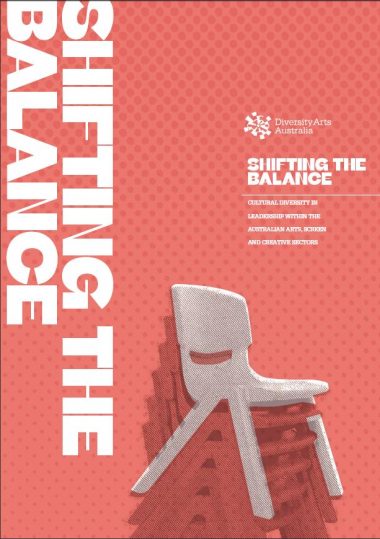Succession planning is a proactive strategy to replace key roles in an organisation to avoid major destabilisation when people leave due to retirement, illness, temporary leave or secondment.
Succession planning takes a long-term view to develop skills needed in a role before the role becomes vacant. It also offers a huge opportunity to address gaps and under-representation at the leadership level.
How do I do it?
Succession planning depends on identifying candidates early to place them in the ‘leadership pipeline’. The skills available in this pipeline have been called ‘bench strength’. An organisation can take an active role in increasing its bench strength through training, mentoring, professional development, shadowing and increased responsibility.
As with the common practice of creating a board matrix to identify the skills and lived experiences represented on the board, organisations can critically appraise their leadership team to identify gaps, especially in the area of under-representation. Candidates identified to fill these gaps can be supported to develop strengths in other areas.
This support must include measures to create safe spaces and accommodate their needs, for example, cultural requirements, caring responsibilities or accessibility provisions.







